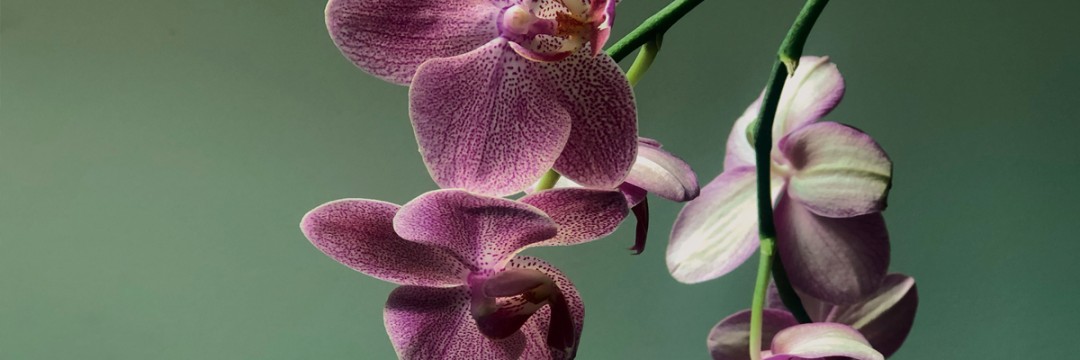
How do you celebrate St Patricks Day? If you’re lucky enough to be in Ireland, you might go to a local parade, enjoy some traditional music in a local pub or spend the afternoon enjoying a delicious dinner of bacon & cabbage at home. We celebrate St Patricks Day by honouring all of the beautiful wild Irish flowers, native or introduced to our shores. As an island, many of our native blooms were brought here by visitors in centuries gone by & have thrived in our damp, marshy soil so much that we have adopted them as our own. Here are some of our favourite Irish blooms.
Ragwort
Enemy to those with allergies and dangerous to horses and other livestock, Ragwort is likely one of Ireland’s most controversial native flowers. Despite its downsides, Ragwort is beloved by bees and butterflies and helps the ecosystem in the longer term. Its name in Irish is Buachalán Buí translating to yellow boy, a good description of the bright yellow wildflower. They bloom in the countryside from June to November and provide a consistent blanket of yellow with as many as 2500 flowers per season! According to legend, the flowers were said to have transported fairies on their cushiony centre.
Gorse
Gorse is easily one of the country’s most common wildflowers as it grows with little care or attention along hedgerows and country roads across Ireland. Known by many names, furze, whin, or the Gaelic Aiteann Gallda meaning ‘wild places’, gorse is a thorny evergreen shrub within the pea family. Throughout the year, the yellow peaflowers can be spotted, but grow mostly between February and May – just in time for St Patricks Day. They grow to between 15-20cm and have a wonderful coconutty aroma. It is a hardy plant, evolved after withstanding centuries of Irish weather and high altitude and can survive most weather types.
Bog Rosemary
Have you ever visited an Irish bog? Rural-dwelling families will tell of summers spent having fun and working hard on one of the country’s most precious resources. Bogs are moist places where limited growth occurs, like the beautiful Bog Rosemary or lus na móinte in Irish. Do not be fooled by the name, this pretty plant is very poisonous and is not to be consumed. From early May, clusters of pink flowers start to bloom fading to a paler colour in June. Keep your eyes peeled as they are often lost among the growth and disorganisation of the bog.
Buttercup
The next native wildflower of Ireland is the Buttercup, grown naturally in several varieties and a common beauty that Irish children will be familiar with. Holding the buttercup to the chin of a small child & checking for a yellow reflection is said to tell if they have a love of butter! In springtime, damp grasslands become a sea of yellow as these wonderful flowers bloom until mid-October depending on temperature. Like many native flowers, buttercups are poisonous to people and should never be consumed.
Sending flowers to loved ones in Ireland is popular for St Patricks Day. Send a bouquet of fresh, hand-tied flowers anywhere in Ireland using Belles Fleurs online florist. Our team of florists in Blanchardstown will be happy to create a bespoke bouquet for your loved one this St Patricks Day.
